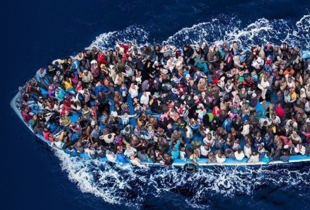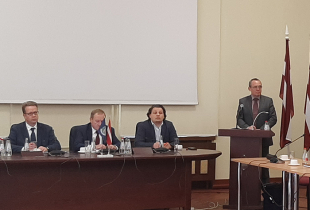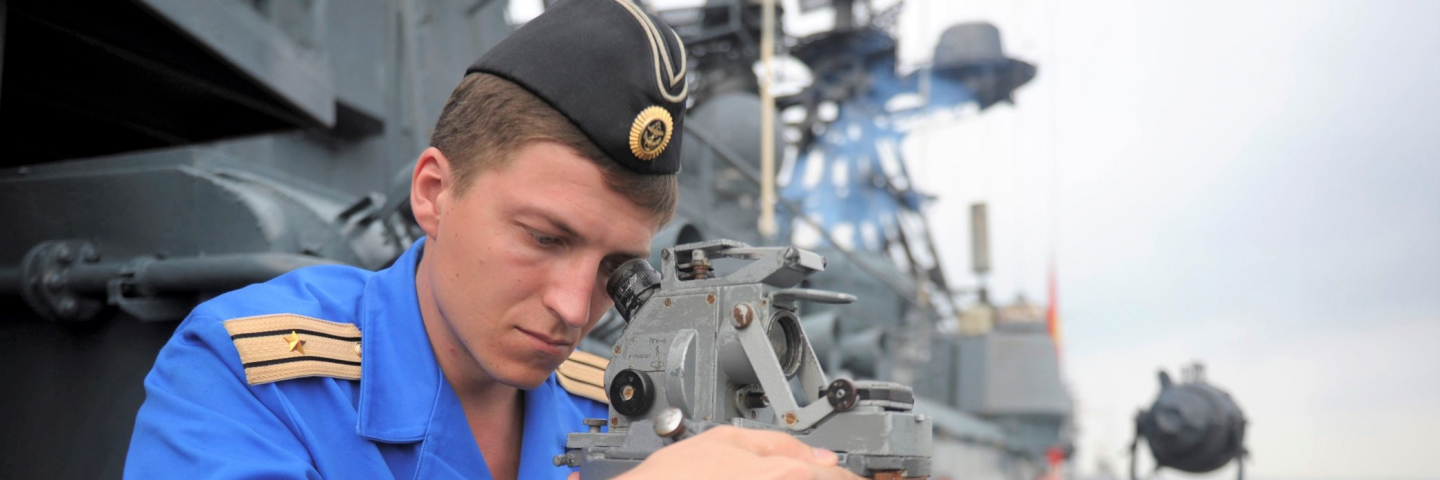
Russian Strategic Culture in a Baltic Crisis
Executive Summary
- This policy brief addresses how Russian strategic culture operates in the distinct geographic and geopolitical environment of the Baltic region. This analysis is based on a model of Russian decision-making in crisis situations that describes Russian leaders as prospect theory players who take greater risks to prevent anticipated defeats than they do to pursue potential opportunities. They seek to prevent foreign policy defeats that could translate into a loss of power in the region, a loss of great power status, or, in some cases, translate into political defeats at home.
- Given this strategic calculus, we can expect Russia to act cautiously in the Baltic region because it is not facing a loss situation. Based on Russia’s limited stakes in the region, Russian leaders are likely to be highly reluctant to risk a major military confrontation with NATO through any overuse of Russian military forces. They will be careful to limit both the level of risk and the level of effort they would take on in this scenario.
- Russia’s approach to managing a Baltic crisis scenario is based on the recognition that the balance of stakes and capabilities in such a situation ultimately would favor the West. If Baltic governments and their NATO allies both hesitate in their response, Russian leaders may seek to use the crisis to gain a strategic advantage. However, if Russian leaders see a forceful response in the early stages of a crisis, they would be likely to de-escalate in order to avert major losses.
Introduction
How relevant are the concepts of strategic culture and operational code in explaining Russian foreign policy behavior? This policy brief addresses how Russian strategic culture operates in the distinct geographic and geopolitical environment of the Baltic region (that is, the Baltic states of Estonia, Latvia, and Lithuania). The goal is to use the Baltic case study to generate conclusions about the drivers of Russian strategic behavior, especially the factors that incentivize or constrain risk-taking.
How Russian Strategic Culture Operates
Examining how Russian leaders would react to a crisis in the Baltic region requires a model of Russian crisis decision-making. In this section, I briefly introduce such a model, based on work carried out by the Russian analysis team at CNA.1 First of all, Russia is a prospect theory player on the international scene.2
According to prospect theory, leaders take greater risks to prevent anticipated defeats than they do to pursue potential opportunities (Figure 1). To apply prospect theory to understanding an actor’s strategic calculus, it is necessary to understand the actor’s reference point—in other words, the status quo against which he or she compares losses and gains. An analysis of past cases in which Russian leaders have acted in crisis situations shows that they evaluate their prospects largely from a losses frame. They seek to prevent foreign policy defeats that could translate into a loss of power in the region; a loss of great-power status; or, in some cases, political defeats at home.3
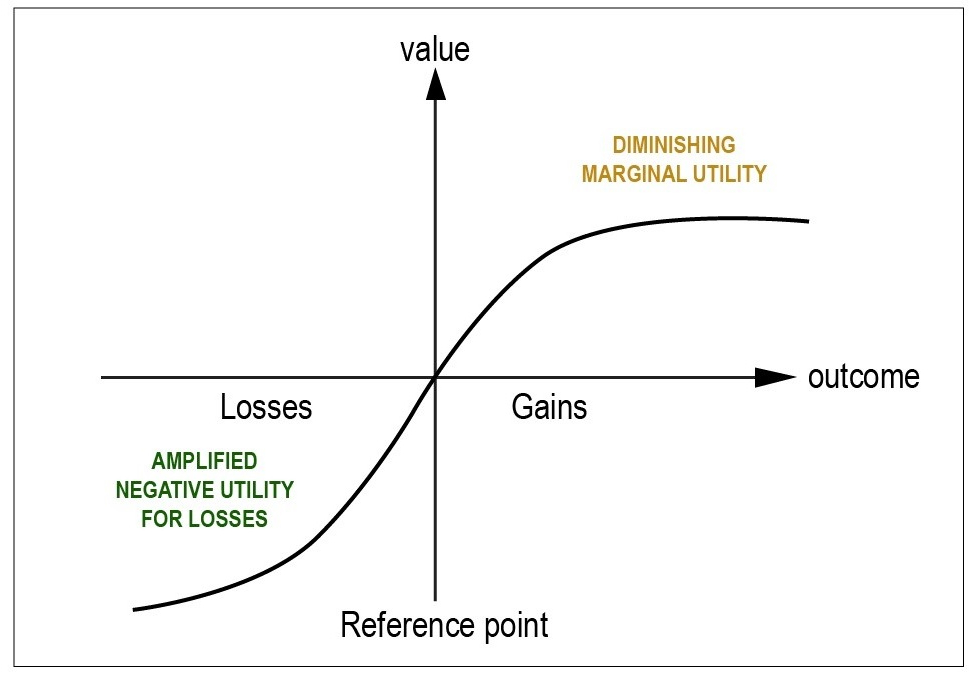
Reproduced with permission. Copyright © 2017 CNA Corporation, www.cna.org. All Rights Reserved.
Russian strategic objectives are rooted in and derived from three principal Russian foreign policy motivations:
- Maximizing security, which results in the pursuit of extended defense. The drive to maximize security may involve a host of behaviors driven by defensive concerns, but it often translates into internal and external balancing, as part of an effort to check the expansion of other powers. Both Russia’s aggression in its near abroad and its military modernization at home are driven by a concern with security and a heightened perception of threat, which stem from an asymmetry of power relative to the United States.
- Maximizing power, as reflected in a quest for regional hegemony. This pursuit of domination in Russia’s near abroad may be viewed as revisionist. One could argue that there are no status quo great powers. Great powers cannot trust the intentions of others, and they do not know how much power is enough; thus, when given the opportunity, they seek more. Russia’s desire for a privileged sphere of influence is thus an effort to achieve regional hegemony based on the goal of maximizing its overall power.
- Maintaining great-power status in the international system. This is a fixation that derives from Russian strategic culture and shapes its leaders’ foreign policy outlooks. This motivation is focused on upending the unipolar nature of power distribution in the international system in favor of a multipolar one. This is essentially a great-power quest to balance the dominant power in the international system and reduce the power asymmetry with it. Given the existing nature of the present-day international system, this is, in essence, a long-term goal of ending U.S. primacy. At the same time, given the power disparity, it does not necessarily mean that Russia wants to challenge the United States directly.
Russia’s approach to strategic planning in a crisis situation can be best described as emergent. An emergent approach is one that accepts failure as the price of testing a particular hypothesis and quickly improvises toward success. A player using an emergent strategy approach can expect to fail fast, fail cheap, and adapt. Such a player would thus prefer quick cycles of decision-making and reevaluation over a well-developed deliberate strategy based on an ends-ways-means planning process. Although the overarching goals are likely to remain constant, Russia’s operational objectives are likely to evolve and change as the leadership tests what stratagems are most helpful in achieving the political goals. Stratagems that are shown not to work can be quickly discarded, with the resources reassigned toward those that show a greater likelihood of success. In other words, path dependence is avoided and flexibility is rewarded.4
Russian leaders prefer to achieve their political goals through coercion and threats of violence rather than actual use of violence. In a conflict, Russia seeks to establish escalation dominance over potential adversaries by convincing them that it is able and willing to use force in pursuit of its objectives. When pressed to use force, Russia tends to use the minimum amount of force required to achieve its objectives in order minimize losses and costs. This also allows Russia to maintain the threat of bringing in additional force if the adversary does not accept Russian objectives. Russia is happy to use force multipliers, such as local militias and mercenaries, to absorb the bulk of combat losses. Ambiguity is used to maintain plausible deniability and thereby slow adversary decision-making. Finally, Russia seeks to deter external actors from interfering in a conflict in order to prevent escalation.
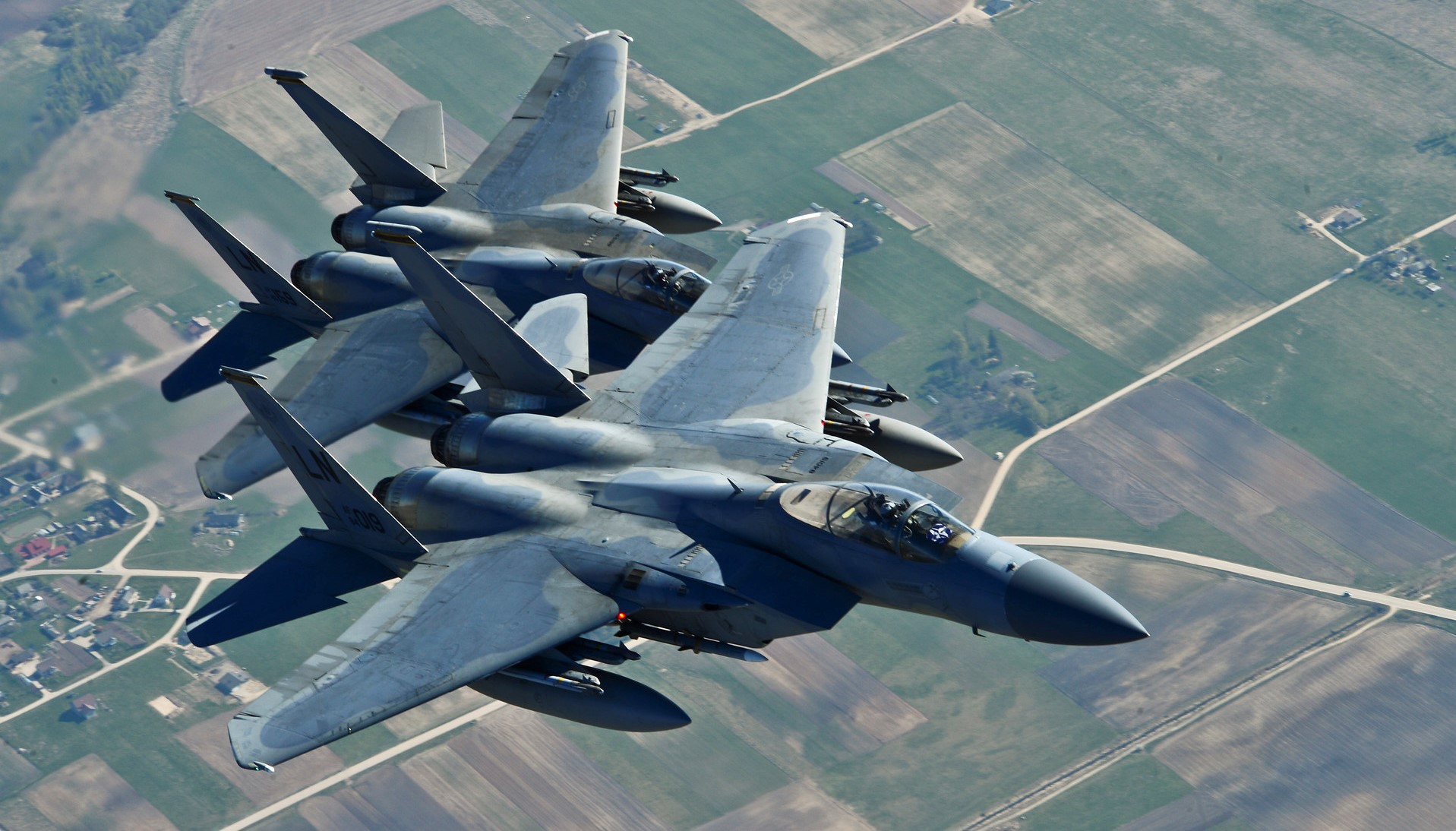
Applying Strategic Calculus to the Baltic Region
Given the strategic calculus described above, Russia would be expected to act far more cautiously in the Baltics than it did in Ukraine in 2014. Unlike that crisis, Russia is not facing a loss situation in the Baltic region. In Ukraine, Russia was facing the prospect of a potentially catastrophic loss of power and influence if Ukraine joined the Western alliance system against Russian wishes. The Baltic states, on the other hand, are already members of the North Atlantic Treaty Organization (NATO) and the European Union (EU) and are therefore outside of Russia’s sphere of influence. Any effort on Russia’s part to attack or politically destabilize the region would thus be an effort to make gains, not avert losses. In effect, the Baltics have already been lost to Russia, and the geopolitical impact of that loss has been fully absorbed into Russian strategic thinking.
That said, Russia could benefit politically and militarily by achieving greater control over the Baltic region, which would allow Russia to strengthen its position as the dominant regional power while simultaneously enhancing its security. But these gains would be fairly small and hardly worth the enormous risk of attacking a NATO member state. Moreover, these gains can easily be overstated. The Baltics are too small to provide much of a security buffer for Russia, and they cannot host a large Western military force. Furthermore, the NATO-Russia Founding Act already limits the number of Western forces that can be permanently deployed in the region. All of these factors reduce the significance of the threat to Russia from the Baltic states, even though they are firmly allied with the United States and are part of NATO.
Following the logic discussed above, a crisis in the Baltics would be more likely to escalate if Russia did perceive that it was facing losses. For example, if ethnic Russians in the region were threatened in some manner, this situation would threaten the credibility of the Russian government and potentially affect its domestic support within Russia if it did not respond. This would lead to fears among Russian leaders of potential losses in both the international and domestic spheres, thus increasing the likelihood of escalation from the Russian side.
Although Russia would be unlikely to take significant risks in a Baltic crisis, it could take action if its leaders were to see opportunities for gains at relatively low risk. For example, Russia could try to exploit a domestic crisis in one of the Baltic states to increase Russia’s influence in the region or to reinforce its image as a defender of ethnic Russians and Russian speakers everywhere. Russia could try to use ethnic protests in Latvia or Estonia to compel the government of that country to adopt a more conciliatory stance toward Russia or to give more political influence to ethnic Russians domestically. The goal would be to use the crisis to achieve greater influence over the government in the targeted country, perhaps to make it adopt more-conciliatory policies toward Russia in order to avoid further destabilization.
Crises in the region could also be exploited to strengthen Russia’s overall geopolitical position in Europe. If Russia can demonstrate the relative impotence of NATO alliance structures in combatting Russian influence in the Baltics, this would weaken Alliance cohesion at a time when Moscow’s growing military presence in the region is already raising concerns in Baltic states about the Alliance’s ability to protect them. If successful, this strategy would significantly weaken NATO’s credibility, potentially encouraging the Baltic states to become more accommodating toward Russia. At the maximum, Russia might even hope that a bandwagon effect would take place, leading one or more of the Baltic states to realign with Russia in order to avert further aggression.
Even if the Kremlin could achieve even a part of such strategic gains, Russia’s image as an effective power broker would be further strengthened. Moscow might therefore be tempted to exploit a crisis in the Baltics as a means of achieving substantial strategic effects on its Western flank. However, in contemplating further action, Russia would seek to act cautiously to avoid losses from overreach. Such effects might include the loss of existing Russian influence in the Baltic states as the population turns against Russia and removes leaders who are seen as too conciliatory, too much instability in the region resulting in unwanted escalation with spillover effects in Russia itself, and NATO sending additional troops to the Baltics to reinforce the vulnerable territory. At worst, Russia might find itself in a full-scale crisis with NATO, a situation for which it is not well prepared and that its leaders would like to avoid. Thus, the danger for Russia is that, if it is not careful in managing a crisis in the Baltics, it could very well end up in a significantly worse strategic position than it would have been had it done nothing. Given Russian leaders’ loss aversion, this reality will make them act cautiously in a Baltic crisis scenario.
Russian Strategic Objectives in a Baltic Crisis
In a Baltic crisis scenario, Russia would have two primary strategic objectives. First, it would seek to use the crisis to achieve geopolitical gains at the local, regional, and global levels. At the local level, it would first and foremost seek to defend the ethnic Russian populace to vindicate its compatriot policy and increase its influence in Baltic domestic politics. At the regional and global levels, Russia would seek to undermine the credibility and cohesion of the NATO alliance in order to strengthen Russia’s geopolitical position in Eastern Europe and inflict a political defeat on NATO.
Second, Russia would seek to manage any crisis so as to minimize potential damage to Russia’s geopolitical position. At the local level, this means that Russian leaders would go to great lengths to avoid adverse outcomes, such as a loss of prestige if ethnic Russian protesters are suppressed despite overt Russian support or the hardening of Baltic policies toward Russia and a concurrent weakening of pro-Russian political forces that would result in a reduction of Russian political and economic influence in the region. Russia would also want to avoid a catastrophic success in which too much instability in the Baltics results in Russia being trapped in a prolonged local conflict that has the potential to create substantial spillover effects in the region.
At the regional and global levels, Russia would seek to avert an effective NATO response that would be likely to inflict a political or military defeat on Russia or potentially result in a substantial increase in NATO military presence in the Baltics. Given this calculus, based on Russia’s limited stakes in the region, Russian leaders would likely be highly reluctant to risk a major military confrontation with NATO through any over-use of Russian military forces. They would be careful to limit both the level of risk and the level of effort they would take on in this scenario. This suggests that non-military instruments of power would be given priority, and military force would be reserved only for deterrence purposes or for averting worst-case scenarios. This would suggest a two-pronged strategy, through a combination of political pressure to coerce Baltic governments into making concessions and a military posture designed to deter NATO and other outside powers from intervening in the crisis in order to avoid undesirable escalation.
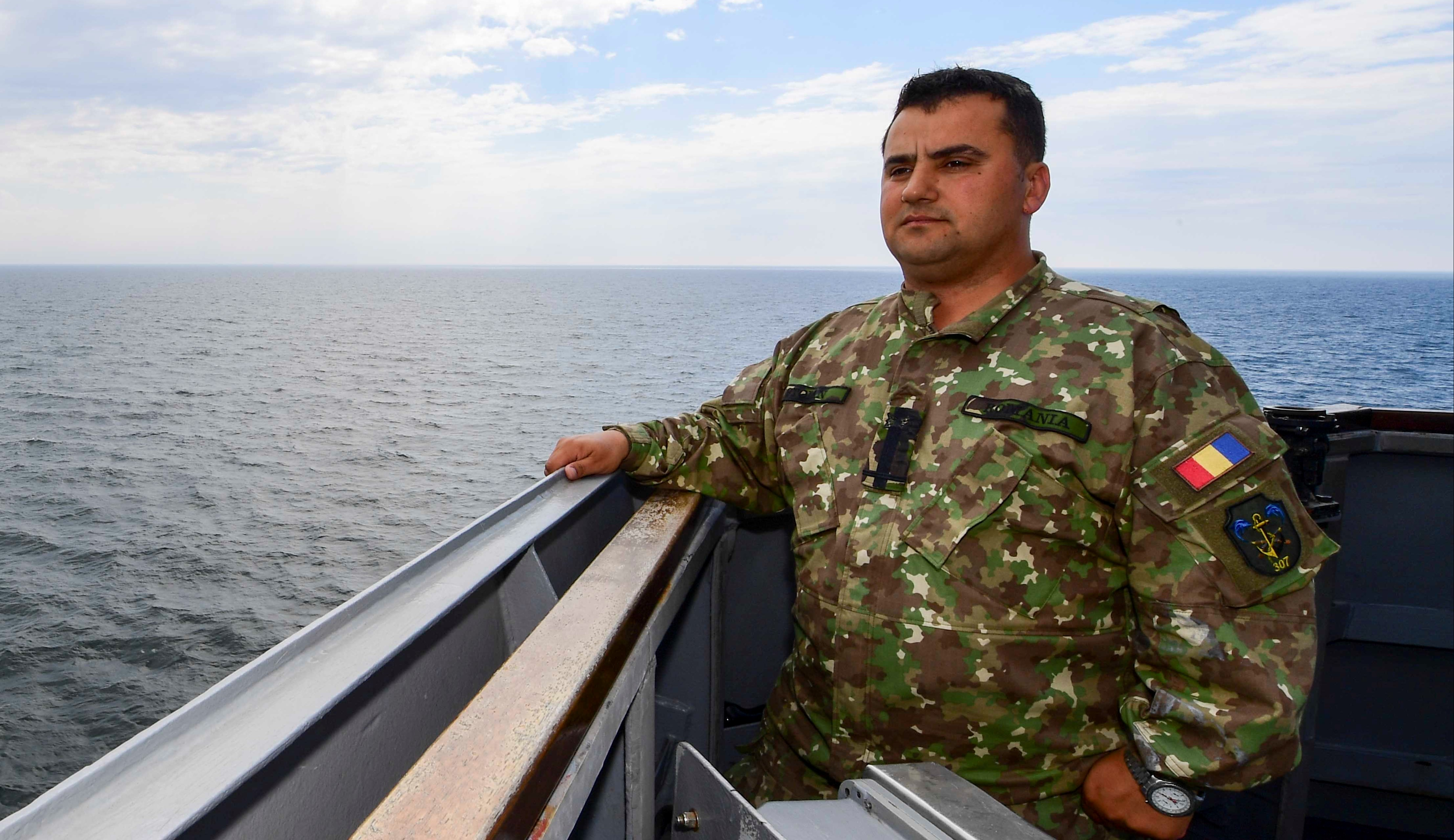
Russian Vulnerabilities
Russia’s position vis-à-vis the Baltic States is not as strong as some analysts have argued.5 While Russian forces in the region are much stronger than the forces that the Baltic states and their NATO allies can bring to bear in the short term, Russian leaders would be concerned that the overall force balance between Russia and NATO would become highly unfavorable in a longer-term conflict. For this reason, they would want to keep the conflict short and ensure that any conflict in the region would not result in horizontal escalation, which could expose Russian territory to defeat by the much larger and stronger U.S. military in a regional or even global conflict.
Similarly, Russia is hampered by its lack of allies, especially in the European theater. Although Belarus is a member of the Collective Security Treaty Organization (CSTO) and a Russian military partner, it would be unlikely to actively participate in a Russian military campaign. It might, however, reluctantly allow Russia to use its territory as a staging area in a conflict with NATO. Neither Russia’s other CSTO allies nor China would want to get involved in a fight with NATO and (with the exception of China) would not be able to contribute significantly to the effort.
Finally, Russian leaders may be concerned about the impact of any kind of extended or costly intervention on Russian domestic politics. They would want to make sure that they avoid costly and long-lasting entanglements that might result in the Russian public turning against the intervention. Such a situation would be especially likely if Western states pursued strong economic countermeasures that had a direct negative effect on the Russian economy or on Russians’ ability to travel to Europe. For this reason, Russian leaders would seek to avoid both defeat and long-term entanglement in a Baltic conflict, because these circumstances would increase the likelihood of a strong negative effect at the domestic level.
(De)-Escalation Drivers
Because Russian leaders would view a crisis in the Baltics primarily as a potential opportunity to realize strategic gains rather than as a threat to Russia’s vital interests, they would consider the stakes to be relatively low. This would lead to a strategy of managing the crisis carefully in order to keep costs low and avoid triggering a vigorous response by NATO. The corollary of this hypothesis is that if NATO (and especially the United States) begins to move additional forces into the region, Russian leaders would be likely to de-escalate the conflict, even at the risk of abandoning their goals. Even the imposition of costly sanctions on Russia by Western states may be sufficient to result in de-escalation, given the low stakes for Russia at the early stages of a Baltic crisis scenario.
The most likely potential for escalation comes from a scenario in which Baltic governments might seek to repress Russian-speaking populations in their countries while their NATO allies show little sign of mobilizing forces into the region. In that situation, Russia may seek to escalate its involvement in order to coerce the Baltic government into ending these actions.
Overall, Russia’s approach to managing a Baltic crisis scenario is based on the recognition that the balance of stakes and capabilities in such a situation ultimately would favor the West. If Baltic governments and their NATO allies both hesitate in their responses, Russian leaders may seek to use the crisis to gain a strategic advantage. However, if Russian leaders see a forceful response in the early stages of a crisis, they would likely de-escalate in order to avert major losses.
For Academic Citation
Dmitry Gorenburg, “Russian Strategic Culture in a Baltic Crisis,” Marshall Center Security Insight, no. 25, March 2019, https://www.marshallcenter.org/en/publications/security-insights/russian-strategic-culture-baltic-crisis-0.
Notes
1 A full elaboration of this model may be found in Dmitry Gorenburg, Michael Kofman, Paul Schwartz, and Samuel Bendett, “Analytic Framework for Emulating Russian Decision-Making,” CNA Research Memorandum, June 2017.
2 Prospect theory was developed and refined by Daniel Kahneman and Amos Tversky through a series of articles. See Daniel Kahneman and Amos Tversky, “Prospect Theory: An Analysis of Decision Under Risk,” Econometrica 47, no. 2 (March 1979): 262–92; and Amos Tversky and Daniel Kahneman,. “Advances in Prospect Theory: Cumulative Representation of Uncertainty,” Journal of Risk and Uncertainty 5, no. 4 (October 1992): 297–323.
3 Brian Lampert, “Putin’s Prospects: Vladimir Putin’s Decision-Making Through the Lens of Prospect Theory,” Small Wars Journal, February 15, 2016.
4 Michael Kofman, “The Moscow School of Hard Knocks: Key Pillars of Russian Strategy,” War on the Rocks, January 17, 2017, https://warontherocks.com/2017/01/the-moscow-school-of-hard-knocks-keypillars-of-russian-strategy/.
5 David A. Shlapak and Michael Johnson, Reinforcing Deterrence on NATO's Eastern Flank, Santa Monica: RAND Corporation, 2016, http://www.rand.org/pubs/research_reports/RR1253.html.
About the Author
Dr. Dmitry Gorenburg is a Senior Research Scientist at CNA, where he writes on security issues in the former Soviet Union, Russian military reform, Russian foreign policy, and ethnic politics and identity. His recent research topics include decision-making processes in the senior Russian leadership, Russian naval strategy in the Pacific and the Black Sea, and Russian maritime defense doctrine. In addition to his role at CNA, he currently serves as editor of Problems of Post-Communism and is an Associate of the Davis Center for Russian and Eurasian Studies at Harvard University.
Russia Strategic Initiative (RSI)
This program of research, led by the GCMC and funded by RSI (U.S. Department of Defense effort to enhance understanding of the Russian way of war in order to inform strategy and planning), employs in-depth case studies to better understand Russian strategic behavior in order to mitigate miscalculation in relations.
The Marshall Center Security Insights
The George C. Marshall European Center for Security Studies in Garmisch-Partenkirchen, Germany, a German-American partnership, is committed to creating and enhancing worldwide networks to address global and regional security challenges. The Marshall Center offers fifteen resident programs designed to promote peaceful, whole of government approaches to address today’s most pressing security challenges. Since its creation in 1992, the Marshall Center’s alumni network has grown to include over 13,985 professionals from 157 countries. More information on the Marshall Center can be found online at www.marshallcenter.org.
The articles in the Security Insights series reflect the views of the authors and are not necessarily the official policy of the United States, Germany, or any other governments.
